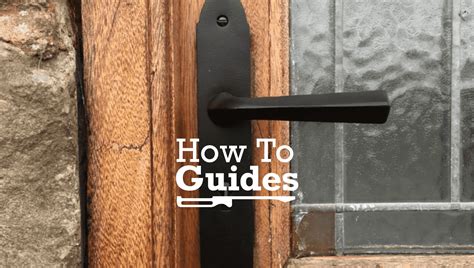Desk Drooping? Don't Replace It, Repair It!
Is your once-sturdy desk now sporting an unfortunate droop? Before you rush out to buy a replacement, consider this: repairing your drooping desk is often a simpler, cheaper, and more sustainable solution. This guide will walk you through common causes of desk drooping and provide practical, step-by-step solutions to get your workspace back in shape.
Why is My Desk Drooping?
Desk drooping is rarely caused by a sudden catastrophic event. Instead, it's usually the result of gradual wear and tear, often stemming from these culprits:
-
Loose Joints: Over time, the screws and joints holding your desk together can loosen, leading to instability and that dreaded droop. This is especially common in desks made of particleboard or less robust materials.
-
Damaged Supports: The internal supports of your desk—whether legs, braces, or cross-beams—might be cracked, broken, or weakened, failing to adequately support the weight of the desktop.
-
Overloading: Simply placing too much weight on one area of the desk can cause a localized droop. Uneven weight distribution is a major factor.
-
Warped Desktop: Changes in humidity or temperature can cause wood desktops to warp, creating an uneven surface. This is less common with modern materials like particleboard or laminate.
-
Poor Construction: Some desks are simply poorly constructed from the outset, using inferior materials or inadequate joinery techniques.
How to Fix a Drooping Desk: A Step-by-Step Guide
The repair method will depend on the cause of the droop. Let's tackle the most common issues:
1. Tightening Loose Joints:
This is often the easiest fix. You'll need:
- Screwdriver (Phillips and flathead): Check for both types of screws.
- Wrench (if needed): Some desks use bolts and nuts.
- Wood glue (optional): For added stability in weakened joints.
Steps:
- Identify loose screws: Carefully inspect all visible screws and joints.
- Tighten screws: Use the appropriate screwdriver to tighten all loose screws.
- Add wood glue (optional): If screws are stripped or joints are visibly weakened, apply wood glue before retightening to reinforce the bond.
- Re-check stability: Test the desk for stability after tightening.
2. Repairing Damaged Supports:
This requires a more involved approach and may necessitate some carpentry skills. You might need:
- Wood screws: Matching the existing screws in size and type.
- Wood glue: To reinforce repairs.
- Wood filler (optional): To fill in cracks and gaps.
- Sandpaper (optional): To smooth any filled areas.
Steps:
- Assess the damage: Determine the extent of the damage to the supports.
- Reinforce weak areas: Use wood screws and glue to reinforce cracked or broken supports. Consider adding extra supports if necessary.
- Fill gaps (optional): Use wood filler to fill any significant cracks or gaps, then sand smooth after drying.
- Reassemble the desk: Carefully put the desk back together, ensuring all joints are secure.
3. Addressing Overloading:
The simplest solution is often the best. You'll need:
- A critical eye: Evaluate what's on your desk.
Steps:
- Declutter: Remove unnecessary items from your desk.
- Redistribute weight: Evenly distribute heavier items across the desk surface.
- Use appropriate storage: Consider using drawers, shelves, or other storage solutions to better manage items and their weight distribution.
What if My Desk is Still Drooping?
If you've tried these steps and your desk still droops, the issue might be more significant, possibly involving a warped desktop or a fundamental flaw in its construction. In such cases, consulting a professional furniture repair person might be necessary.
Frequently Asked Questions
How much does it cost to repair a drooping desk?
The cost depends on the complexity of the repair. Tightening loose screws is free (assuming you already own the tools). More extensive repairs, such as replacing broken supports, might cost a few dollars for materials. Professional repair can range significantly depending on the scope of work and location.
Can I fix a drooping desk myself?
For many common causes of desk drooping, yes! If you have basic DIY skills and the necessary tools, you can likely repair your desk yourself. However, if the damage is extensive or you're uncomfortable with repairs, it's best to seek professional help.
What are some preventative measures to avoid a drooping desk in the future?
Avoid overloading your desk, distribute weight evenly, and periodically check for loose screws and tighten them as needed. Regular maintenance can prevent significant damage and extend the life of your desk.
By following these steps and understanding the common causes of desk drooping, you can save money, reduce waste, and keep your workspace functioning efficiently. Remember, a little DIY can go a long way!

